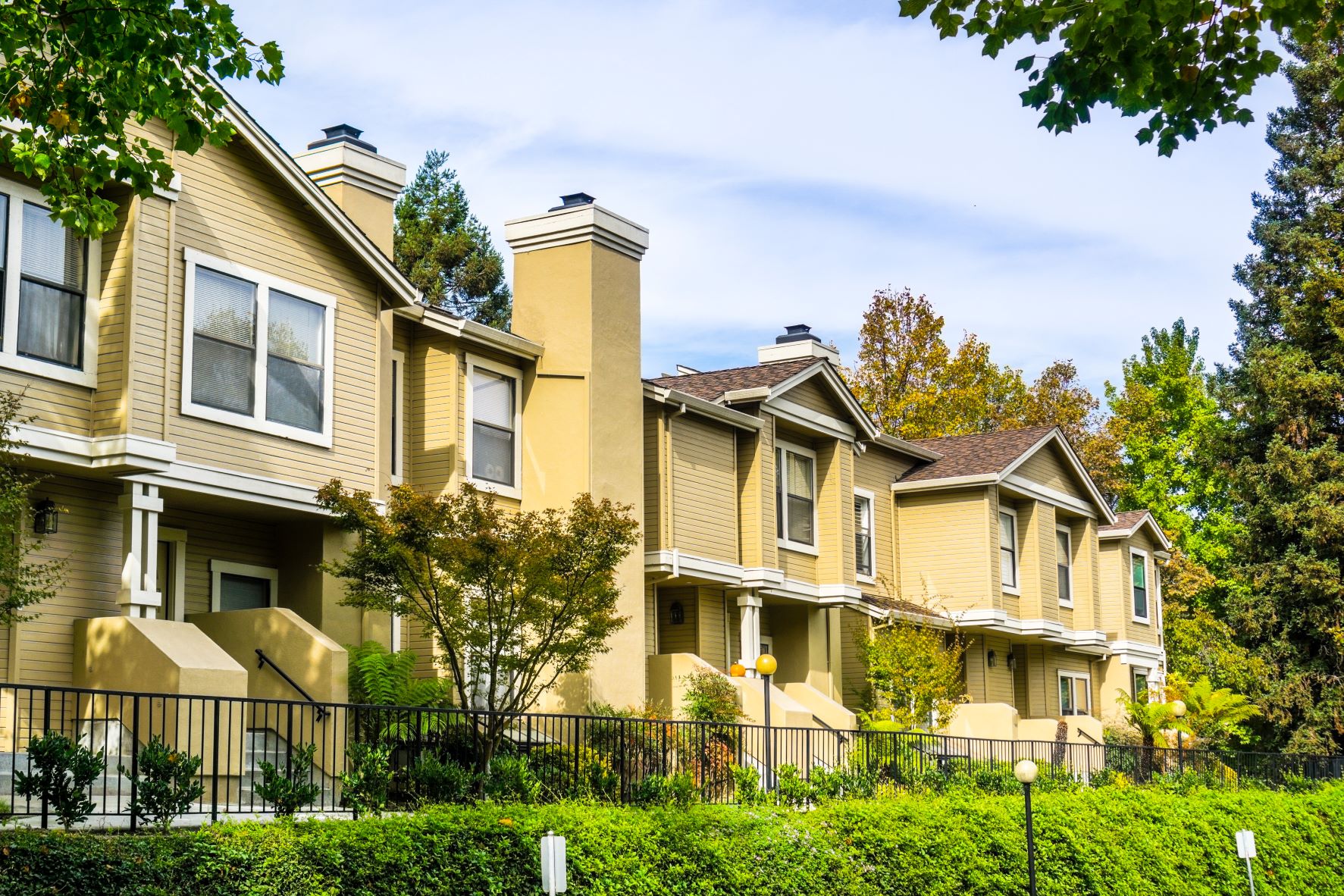
As a multifamily real estate investor, there are several different investment strategies you can use. Most strategies can be broken down into four categories: Core, Core-Plus, Value-Add, and Opportunistic. The best strategy for you will depend on your risk tolerance and investing goals.
In this article, we discuss the defining characteristics, advantages, and risks of value-add investment strategies. As you come to understand this strategy, you can decide whether it meets your goals or whether you’d prefer a different approach. From there, you will have a better framework for choosing real estate investments that will work for you.
What is a Value-Add Investment Strategy in Real Estate?

A value-add strategy is a strategy where investors choose properties with the intention of renovating, rebranding, or changing operations procedures in order to increase the property’s cash flow. Some properties have light value-add opportunities, while others have heavy ones depending on the property condition.
Value-add strategies usually involve choosing a property with at least one significant problem that could be solved, such as:
- A physically outdated building
- A need for significant capital improvements
- Below-market rents
- A low occupancy rate
- Poor management
With a value-add strategy, an investor will seek to purchase a property at a discounted price, make improvements, and then sell the property in significantly better condition at a higher price. The property will be worth more not only because of the general tendency for real estate to appreciate over time, but also because of the improvements to the physical building or operations.
Common ways to add value include:
- Adding new amenities
- Improving building security
- Significantly upgrading the building exterior or interior
- Changing property management companies
- Changing vendors
- Finding other ways to reduce operating expenses
- Rebranding and improving the property’s marketing strategy
Value-add strategies in the multifamily market are fairly similar to “house flipping” in the single-family home market. Once the property has been upgraded, the property’s cash flow can more easily rise with holding time.
The Advantages of a Value-Add Investment Strategy

Some investors have achieved very high returns from investing using a value-add strategy. Depending on the initial property condition, making an improvement can sometimes put the property in a much better position to bring in revenue.
Many investors also like the value-add strategy because it creates an improved environment for the people living or working in the property (as long as they can afford to continue renting the improved space). Value-add strategies can often be seen as “breathing new life” into semi-neglected properties and may add to the community’s quality of life.
The Risks and Disadvantages of Value-Add Properties
Value-add investing comes with a higher level of risk than core and core-plus investing. This strategy can only work if the property owners successfully add more value and income potential to a property than the amount they pay for improvement and maintenance-related expenses.
Fluctuating repair and remodeling costs can add to expenses and drag down net cash flow for investors, which is an even larger concern in times of supply chain issues and skilled worker shortages. Also, some value-add properties turn out to be in worse condition than anyone realized. Many investors end up having to spend more on maintaining and improving value-add properties than they expected.
Value-add properties tend to offer very little steady cash flow to investors during the time they hold the property. Most of the investment returns come in only when the investor sells the property at a higher value after making improvements.
Improvements do not always lead to the hoped-for increase in revenue and value. Future buyers may not be willing to pay more for the improvements made. Market cycles may occasionally lead to situations where a property’s value decreases, although this problem can usually be solved by waiting for the market to rise again, especially in areas with a diverse and generally growing economy.
What if You Don’t Want to Take On the Risks of Value-Add Investing?

It’s easy for value-add investors to end up spending more on renovations and capital expenses than they gain from changes to the property’s value or income. This is especially true in a world where we are experiencing supply chain problems that often affect renovations and repairs.
If you do not want to take on the kinds of risks associated with value-add real estate investing, you may prefer a core-plus strategy. Core-plus investing offers a low to moderate risk profile with potentially high returns. This strategy focuses on what we call balanced returns, or a combination of quarterly cash flow and long-term appreciation.
Core-plus properties are already in good condition, though they are generally not “luxury” properties. In the context of multifamily real estate, core-plus properties are often workforce housing in good condition in the suburbs of a major city. The investors will still sometimes invest in light property improvements, but these are much smaller, less expensive improvements than you would typically see with a value-add strategy.
At CEP Multifamily, we use a core-plus investing strategy to purchase fundamentally sound assets in markets where we see future economic growth. We lightly improve market-rate properties using a combination of disciplined asset management and revenue-enhancing initiatives while also generating compelling, risk-adjusted returns.
If you are interested in core-plus multifamily real estate investing, you may want to check out the CEP Workforce Housing Fund. Our fund gives you an opportunity to diversify your real estate holdings through ownership interest in an array of multifamily apartment communities in high-potential markets across the Pacific Northwest. You can enjoy the potential for excellent risk-adjusted returns as well as all the tax advantages of investing in real estate.
You can also download our free ebook, Yield-Driven Multifamily Investments. Our guide covers everything you need to know to get started in multifamily investing, including the different types of commercial property, various ways to invest in multifamily, and how to analyze your returns.









